Whether the weather be cold,
Or whether the weather be hot,
We’ll weather the weather,
Whatever the weather,
Whether we like it or not.
It might be said to be the favourite British subject of conversation, but these days, how many of us fully experience the weather – and what can it bring to our work?Today has been one of intermittent downpours and amber flood warnings here in West Sussex. A good reading day, I call it. All gurgling gutters and splashy downfall pipes. It has eased off on occasion – but what if it had carried on?
Floods are a popular aspect in many stories – from Noah via the surrounded fenland house in the Green Knowe stories, Marcus Sedgwick’s Floodland and Emily Diamand’s Flood Child stories. The scale of such events puts pressure on characters – and readers itch to know what they will do. How will they cope with barriers and other difficulties? Will they show resourcefulness in using what resources are undrowned?
On a less dramatic scale, climate can be a major element of world building. I think of Candy Gourlay’s Shine or Louis Sachar’s Holes. Aspects such as the changing seasons can add another layer of credibility to the story – and challenge for the main character.
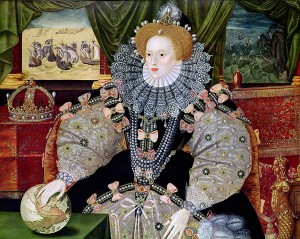 This is perhaps more obvious in historical works. Think of the Spanish Armada being blown off-course in 1588. If I used that to get someone out of trouble, it’s allowable perhaps – but not half so much drama as imagining one of the ships forced to go right around the British Isles. Put your character on one of those and there’s proper swashbuckling drama.
This is perhaps more obvious in historical works. Think of the Spanish Armada being blown off-course in 1588. If I used that to get someone out of trouble, it’s allowable perhaps – but not half so much drama as imagining one of the ships forced to go right around the British Isles. Put your character on one of those and there’s proper swashbuckling drama.
You can look up historical weather events ( I have done frequently) on such sites as the Met Office, Booty Meteorological ( not pretty but covers an amazing span) and similarly Trevor Harley’s BritWeather is no design classic – but interesting nonetheless. Even if yours is an alternative history – why not include the blizzards of 1947, the Great Stink of 1858 or the Great Smog of 1952 if relevant?
Now you may write contemporary realistic drama. The weather has something to offer you too. There is always the possibility of metaphor and simile and bringing the senses into play. You might use a subtle form of the pathetic fallacy – say, oppressive heat or wearying humidity in some scenes. You could use our modern lack of awareness of its dangers – what happens if the air con goes down in the desert, or your character is stranded in danger of exposure?
And of course, speculative fiction can really go for it with climate change.
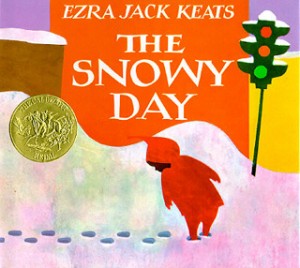 There can be pleasures too. The utterly delightful Snowy Day written and illustrated by Ezra Jack Keats wouldn’t exist without weather. Some characters love the sunshine – take Raymond Brigg’s Father Christmas Goes on Holiday – but you could differentiate yours. Who loves sunbathing, who turns into a lobster and who hides away?
There can be pleasures too. The utterly delightful Snowy Day written and illustrated by Ezra Jack Keats wouldn’t exist without weather. Some characters love the sunshine – take Raymond Brigg’s Father Christmas Goes on Holiday – but you could differentiate yours. Who loves sunbathing, who turns into a lobster and who hides away?
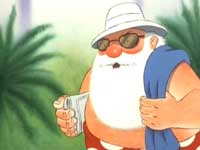 The same goes for all kinds of weather – someone will hate it and someone will love it. I knew a Welsh poet who danced naked in thunderstorms!
The same goes for all kinds of weather – someone will hate it and someone will love it. I knew a Welsh poet who danced naked in thunderstorms!
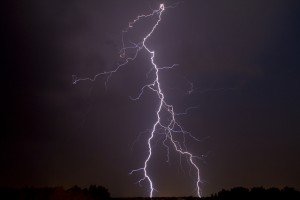 Don’t try that at home – but do consider how matters meteorological could add depth to your writing.
Don’t try that at home – but do consider how matters meteorological could add depth to your writing.
How does the weather feature in your work?

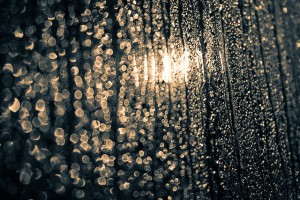
What a lovely essay! When I think of weather in books I always go to Not the End of the World by Geraldine McCaughrean who reimagined Noah’s flood as tsunami. Beautifully written.
I have not had the pleasure of that one, Candy. Thanks for the recommendation – and for commenting so swiftly!
I read your delightful piece, as the weather was throwing a curved ball here! Rain and strong winds after a week of hard frosts and sunnshine. It’s a perfect day to curl up with a book or catch up on decluttering various drawers, shelves etc. 🙂
Lovely to hear from you Christine. I like your alternative pursuits idea.
Cool! I’m sure we could write some interesting stories based on the weather in Ireland. I travelled around the Ring of Kerry with friends a number of years back. We could rely on it to clear up for about an hour, and then if we timed it right, we could sit in the car for 10 minutes while it bucketed down. Then the sun would come out and we’d have another hour to potter and explore ruins and beaches and the Skellig Chocolate Factory!
Thanks for commenting. Colleen. I am almost certain there’s a n Irish writer recently created an adventure on those line – has a green telefon box on the cover.
PS Found it – The Maloneys’ Magical Weatherbox by Nigel Quinlan!
Loved this post- I’m a huge weather fan too!
Hello Sandra – how nice to ‘see’ you here. Thank you for commenting.
Great post! Whenever someone talks about the weather in writing, I can’t help but think back to Mary Shelley and Lord Byron and the contest those Romantics had to see who could write the best horror in 1816, “the year without a summer.” Even though weather only ended up being tangentially related to Darkness and Frankenstein, it was still their starting point of inspiration!
Thanks for commenting, Audrey. That’s a really good point about the Villa Diodati lot. That weird weather, probably caused by the eruption of Mount Tambora, also gave rise to amazing sunsets seen in Turner’s work.
All most interesting.